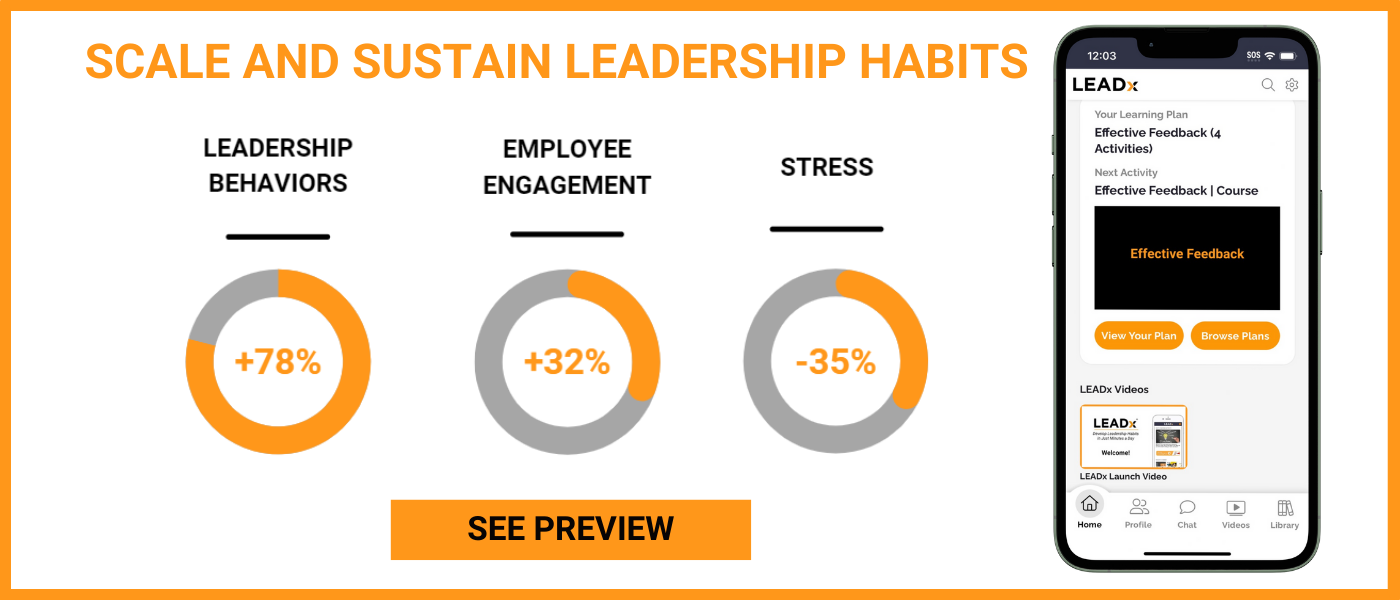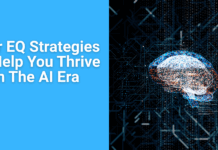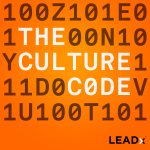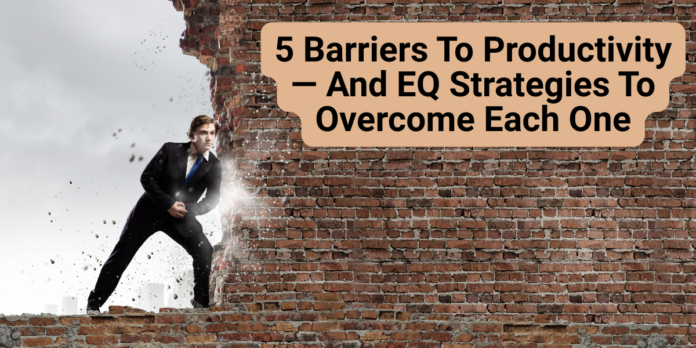
We’ve all had those magic days. Your focus flows and you get more done in three hours than you often accomplish in an entire day’s work. You know if you could somehow repeat that degree of productivity every day, you would:
- Work less hours per day
- Increase the quality of your work
- Feel happier and more satisfied with your job
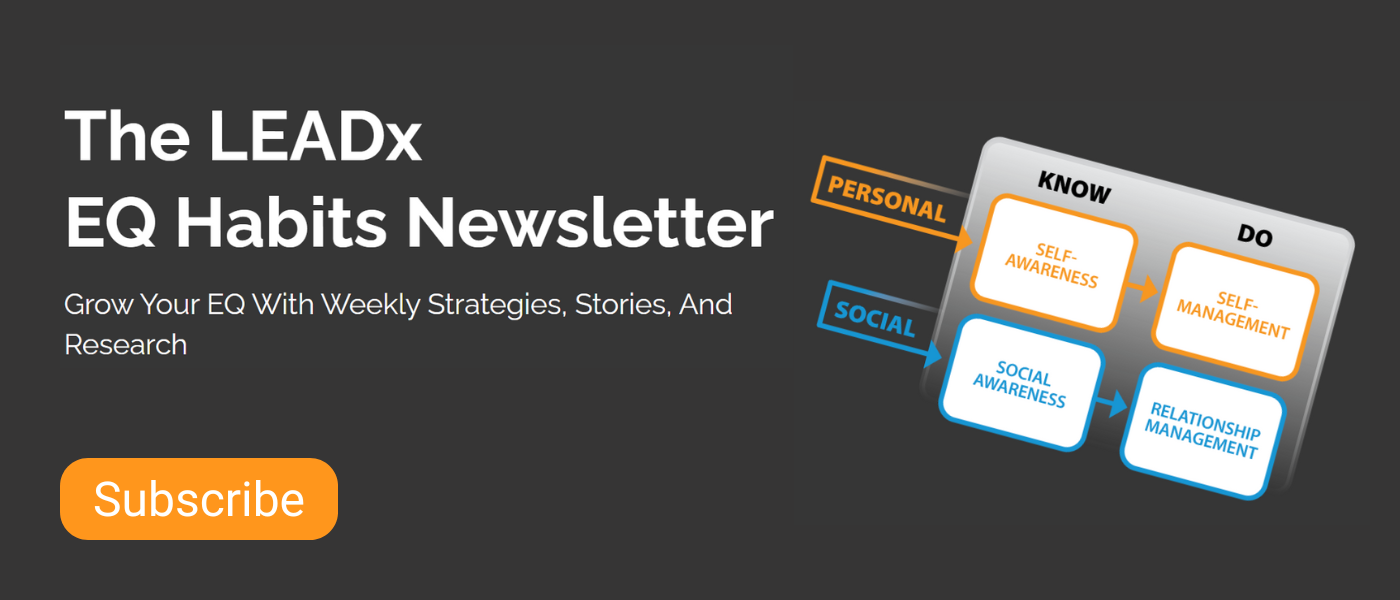 And the research confirms that each of the above points are true. But, it’s a struggle to replicate that magic each day. You might do everything right. You get a good night’s sleep, eat well, and block out your calendar for focused work. Yet, the moment you sit down to focus, you’re distracted, blocked, overwhelmed, or anxious about getting started. You feel nothing like you did the day before.
And the research confirms that each of the above points are true. But, it’s a struggle to replicate that magic each day. You might do everything right. You get a good night’s sleep, eat well, and block out your calendar for focused work. Yet, the moment you sit down to focus, you’re distracted, blocked, overwhelmed, or anxious about getting started. You feel nothing like you did the day before.
While there’s no silver bullet for productivity, certain barriers show up again and again. The good news? Once you recognize these patterns, you can build your emotional intelligence (EQ) strategies to overcome them and reclaim more of those high-output days.
Barrier #1: The Angst of Getting Started
What it looks like: You sit down to put together a slide deck, but you flail. You keep clicking away, staring at the blank slide, getting up to fill your water or grab a snack, or checking your Slack and email.
The emotional source: Neuroscientist Andrew Huberman explains why it’s so difficult to drop into that state of total focus. As you sit down to focus, “the brain circuits that turn on first are from the stress system,” he explains. “You feel agitated and your mind’s jumping all over the place—that is just a gate. You have to pass through that gate to get to the focus component.” In other words, the angst you feel about starting is natural. Your brain is firing stress signals and you have to calmly accept those signals and trudge forward anyway.
The EQ strategy: Learn to recognize that initial stress as part of your process. Remind yourself that this stress is natural and that if you stick with it, the stress will pass. “You have to wade through some sewage before you can swim in clear water,” says Huberman.
Barrier #2: Boredom
What it looks like: The activity or work you’re doing presents no real challenge. It’s something you know you can do, but you dread the time and effort. You wish you could do something more interesting.
The emotional source: You dread the work, knowing time will pass slowly. You might feel that it’s beneath you, or wish you could spend that time on other work that’s more interesting and meaningful.
The EQ strategy: Boredom suggests a mismatch between the task at hand and your goals, strengths, and passions. One way to create that sense of challenge is to create games with yourself that make the work more interesting. Games of “how fast” “how efficient” and “how can I automate or templatize this work” help spark creativity and focus. If possible, place these tasks during the times of day when you’re more tired and less capable of doing your more meaningful work.
Barrier #3: Perfectionism
What it looks like: Perfectionism can manifest as over-researching, over-planning, waiting for the perfect moment, or taking feedback too literally instead of processing for yourself.
The emotional source: Fear of failure and fear of what other people think.
The EQ strategy: Adopt a growth mindset. Tune into your self-talk. When you internalize failure as a reflection of your ability, you’re operating from a fixed mindset (“I’m not good at this”). Try to reframe your self-talk as a step toward improvement (“Now I learned that this doesn’t work and why”).
Barrier #4: Overwhelm
What it looks like: You struggle to hone in on the task in front of you because you’re so stressed out about all the other things you need to do, or by the immensity of the task you’re on.
The emotional source: Anxiety about not getting to everything,
The EQ strategy: Break your work down into bite-size chunks. Since overwhelm is about too many stressful thoughts circling through your head, force yourself to isolate one piece of the greater stress. For example, when I’m struggling to write an article, I’ll skip to the one section where I know what I want to say. Finishing off that section helps calm me down and build my momentum. Think of it like dropping your engagement ring in a pond. If you sprint back and forth alongside the pond, that won’t make it any easier to find your ring. You have to actually put on some goggles, get in the water, and sift your way methodically through the sediment at the bottom of the pond.
Barrier #5: Micromanaging
What it looks like: You take a fine-toothed comb to people’s work. You change your team members’ work based on your taste and opinion. Or, you give out autonomy, then swoop in at the very end to demand excessive changes (seagull management).
The emotional source: Micromanagement stems from a lack of trust, perfectionism (see barrier 3), or from not knowing how to coach.
The EQ strategy: Stephen M.R. Covey writes extensively about the advantage of “the speed of trust.” When you give people trust and hold them accountable for results, not process, you save yourself a lot of time and energy. You also empower that person and help them grow. That’s why many companies have started giving employees financial stakes in their business, and it’s why many companies have started cutting out middle management. Less chain of command and more trust equates to greater passion and buy-in.
Grow Your EQ To Grow Your Productivity
The common theme across every single one of these barriers? Emotions. It’s emotions that most often impede productivity. By tuning into your emotions, you can get more proactive and nimble about these barriers. And in turn, you’ll hit that sweet spot in your productivity more and more often.


